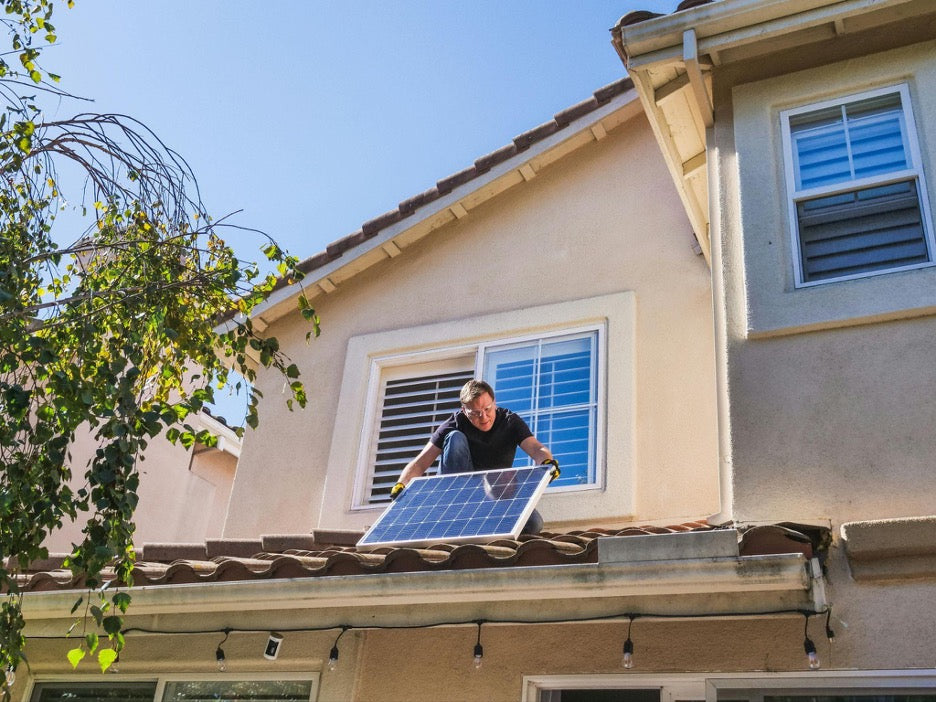Sustainable homebuilding isn’t a product—it’s a process. What makes one house low-
impact and another just expensive isn’t a gadget, but a set of decisions made early and
followed through. That can feel like pressure if you’re just getting started. But starting
smart doesn’t mean doing everything at once. It means knowing which choices have the
longest tail of impact and which details can wait. Think orientation before insulation,
envelope before gadgets. If you begin with alignment, efficiency follows.
Positioning the Home with Intention
Before you lay a single line on a blueprint, think sun, wind, and terrain. Your house isn’t a
sculpture; it’s a system. Once you understand how the land moves through the seasons, you
can optimize orientation for seasonal sunlight to heat in winter and shield in summer. That
move alone can cut your future energy demands before you even think about insulation.
Site orientation isn’t decorative—it’s structural. No amount of double-pane windows can
fix a poorly placed structure. Every decision downstream gets easier when you start here.
Keeping Documents Clear and Shareable
Sustainable building doesn’t end with lumber and lights—it also runs through your inbox.
Permits, blueprints, invoices, specifications—most builds generate hundreds of files. And
they won’t all speak the same language. That’s why it's worth taking time to switch to a PDF
once a document is finalized. It’s not about branding—it’s about stability. PDFs don’t shift
margins across devices or scramble formatting on mobile. Everyone from inspectors to
electricians knows how to open them, mark them, and print them. That’s clarity you don’t
have to buy.
Sealing the Structure for Performance
Sustainability doesn’t begin with solar panels—it starts with what you keep inside. The
invisible work of holding onto heat and cool air saves more energy than most flashy
upgrades. Once your floor plan is settled, aim to tighten thermal performance by
eliminating air leaks and insulating strategically. Don’t just spray foam and hope for the
best. Focus on transitions: sill plates, window perimeters, attic hatches. Done well, this
creates a stable interior climate that demands less from your HVAC and keeps utility bills
tame year-round. Think of your envelope like a thermos. You wouldn’t drink from one with
holes.
Protecting the Power Backbone of the Home
An eco-home’s performance lives or dies on its electrical system. Solar inverters, energy
monitors, battery storage units—they all depend on steady, functional wiring. But even the
best installations can fail over time. So while your house may be new, it’s not invincible.
Many homeowners choose to back up their systems with a home electrical warranty to
cover unexpected repairs down the line. It’s less about fear and more about keeping
momentum. When your heat pump blinks out in January, you don’t want to be Googling
service plans. You want power back on.
Designing for Energy Reduction, Not Compensation
Genuinely sustainable homes don’t rely on tech to fix inefficiencies—they build them out
from the beginning. That’s why passive strategies remain unmatched. Early in your design
process, make room to embrace passive thermal home design early on and you'll reduce
heating and cooling loads dramatically. That might mean a compact footprint, south-facing
glazing, or controlled shading. These aren’t sacrifices—they’re tools. When your home
regulates itself by design, your reliance on mechanical systems drops. That’s not just good
engineering—it’s sanity for your energy bills. And comfort that doesn’t hum.
Choosing Materials That Support the Mission
A low-energy home built with high-impact materials still misses the mark. The supply chain
matters. You can start to use low-impact materials like straw and earth to reduce embodied
carbon without compromising structure or performance. These aren’t fringe choices
anymore—they’re becoming code-compliant in many regions. Local materials also mean
fewer shipping emissions and often better thermal compatibility. Even better, they age
gracefully. A plastered straw bale wall weathers beautifully, while drywall warps and begs
for repainting. Choose what lasts. Not just physically—but ethically.
Integrating Renewable Power with Smart Design
Once your home is tight and light, it’s time to think energy generation. Renewables only
shine when the rest of the system is lean. That’s why it’s smart to combine solar with
efficient design rather than treat photovoltaics as a standalone solution. Your panels will do
more when paired with LED lighting, induction cooking, and heat pumps. But it all hinges
on load reduction. Don’t make solar fight your inefficiencies. Make it the final touch on a
well-orchestrated system. That’s how you build toward net-zero instead of just net-
expensive.
A sustainable home is more than the sum of its insulation and solar. It’s a philosophy, a
practice, and a commitment. Start with the sun. Let your walls hold onto what matters.
Don’t design for efficiency—design for rhythm, for flow, for the ease of living lightly. Use
what lasts. Cut what leaks. And think about the systems you’ll rely on for the next twenty
years, not just the ones that win you tax credits. When you build this way, your home stops
being a machine for living in. It becomes a partner in how you live.
Discover eco-friendly solutions for everyday life at Eco Bunny, where sustainability meets style
with biodegradable, compostable, and even edible products!

